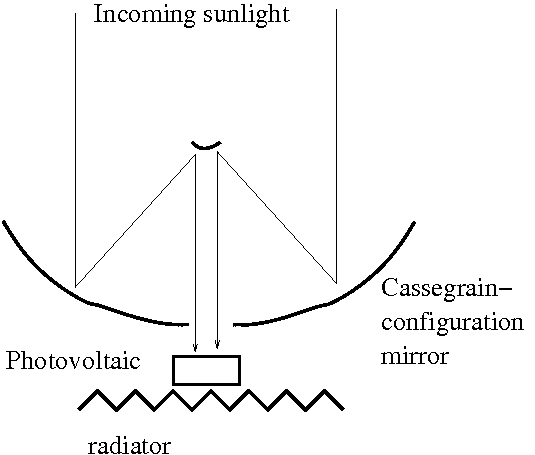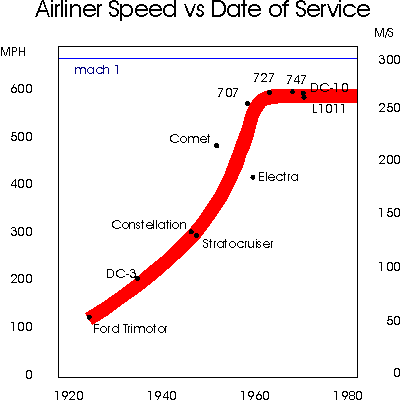The Space Review: The other 40th anniversary. Less than three months after billions of people were transfixed by “one small step” a Princeton physics professor named Gerard K. O’Neill walked into a classroom with less than a dozen undergraduates and asked a seemingly simple question: “Is the surface of a planet really the right place… Continue reading The Space Review: The other 40th anniversary
This website uses cookies so that we can provide you with the best user experience possible. Cookie information is stored in your browser and performs functions such as recognising you when you return to our website and helping our team to understand which sections of the website you find most interesting and useful.





